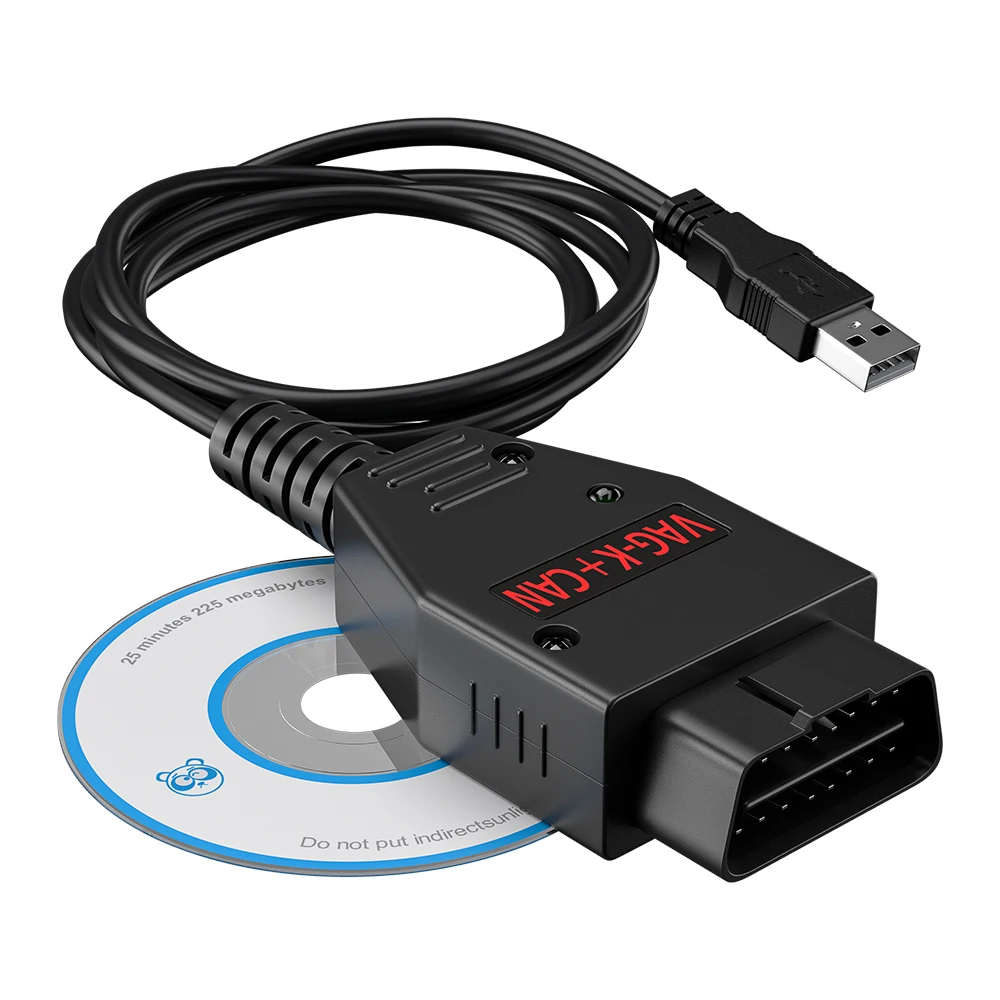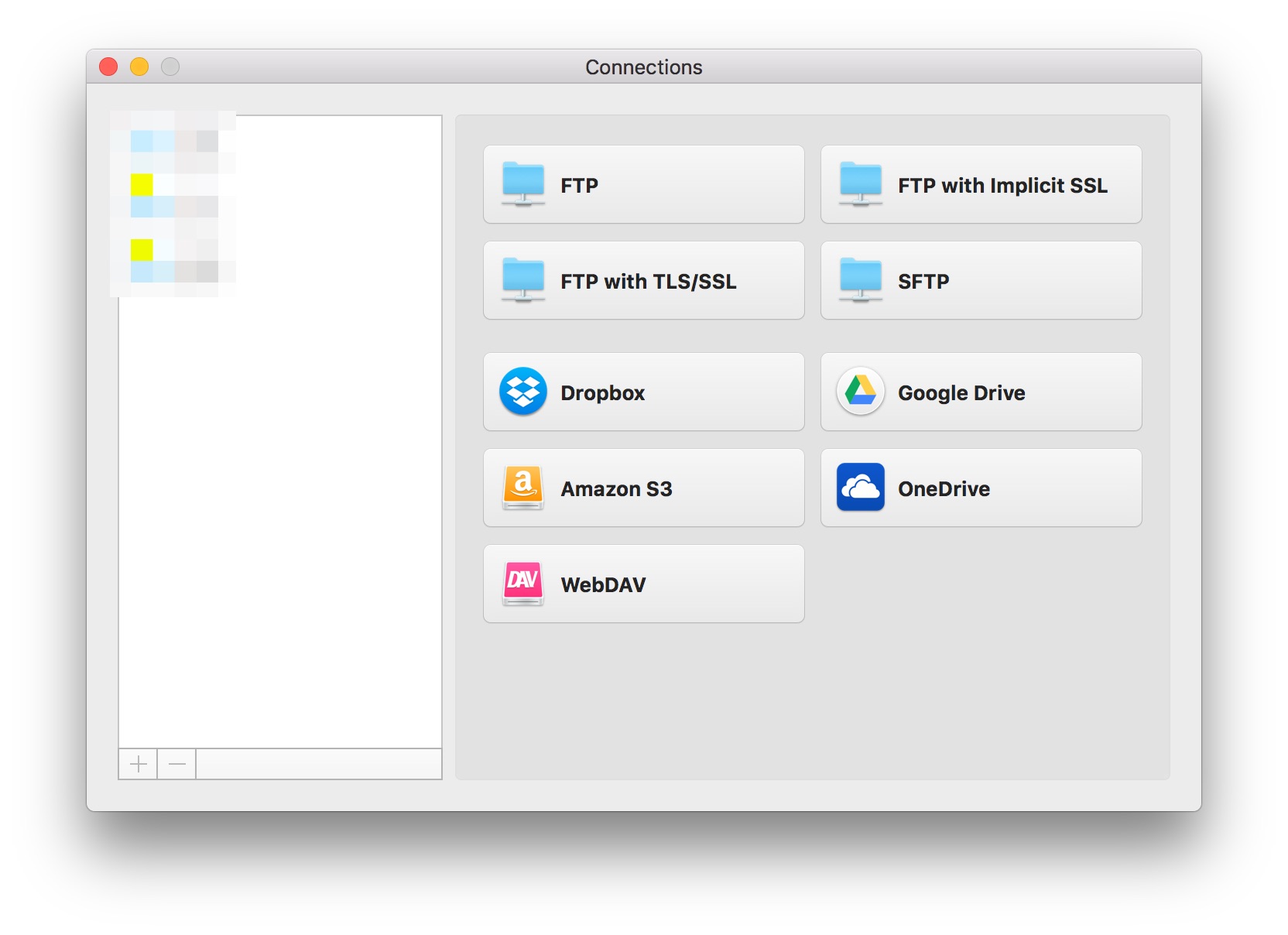
He would regularly take off from Agra cross the Karakoram Pass, then head all the way to NEFA keeping the great Himalayan Range to his right, before re–entering India along the Lohit Valley.

The aircraft was fitted with one camera for surveillance and four cameras for pictures. Wing Commander Nath, affectionately known as ‘Jaggi’, who had first photographed the Aksai Chin highway sometime in 1959, was part of this Squadron and flew his twin-engine English Electric Canberra PR 57 high-altitude long-range reconnaissance aircraft on these tough missions.
#Commander one permission free
In Tibet, the People’s Liberation Army (PLA) simply did not have the means to intercept these aircraft which had a free run of the skies. The Squadron regularly made low-flying sorties, photographing all Chinese movements on the other side. No 106 Squadron (Lynx) was raised in 1957 in Bareilly but was moved to Agra, and its role was to provide military aerial photography and aid in other operations. Apart from these missions, there were strategic missions carried out that were controlled at the highest level. During the period October 13 to November 11, 1962, the Canberras flew 22 photo recce missions, flying nearly 50 hours. Most of these missions were in Aksai Chin, Tawang, Sela and Walong areas.

As the active operations started, these became recce missions to find out the deployment and strength of the Chinese. Initially, the mission was for mapping purposes.

No 106 Squadron equipped with Canberra aircraft and fitted with cameras carried out these tasks. As the ‘Forward Policy’ came into operation in 1960, the Indian Army had to occupy forward posts and IAF were directed to carry out an assessment of aerial supply in order to establish these new posts. On one hand, the paucity of road communications on the Indian side of the border was such that the deployment, maintenance and even the survival of ground forces were dependent on the air supply. The role of the IAF in the 1962 conflict is significant in more ways than one. Opinion | Norway’s Child Protection Services are Flawed and Reek of Cultural Imposition He dedicated his Bar to Maha Vir Chakra to Air Marshal Arjan Singh. Nath idolised the former Chief Air Staff, Air Marshal Arjan Singh and said he was a father figure who dearly cared for him and was a source of guidance for him. He served in the IAF till 1969, then took voluntary retirement and joined Air India as a commercial pilot and then settled in Mumbai. For his conspicuous courage and exemplary leadership, he was again awarded the Maha Vir Chakra. His courageous endeavours were vital in India’s success in the War. He led his unit several times over hostile enemy territory to obtain vital information about the enemy. During the 1965 Indo-Pak War, Wing Commander Jag Mohan Nath again led a Photo Reconnaissance Squadron flying the Canberra aircraft. He displayed conspicuous courage and was awarded the Maha Vir Chakra. He had earlier studied at Government College Lahore and was commissioned as a General Duties (Pilot) in the Royal IAF on October 14, 1950.ĭuring the Sino-India War of 1962, Squadron Leader Nath was a Flight Commander with the Strategical Reconnaissance Unit. He got an opportunity to follow his passion in 1948 when he joined the Air Force Administrative College in Coimbatore for his initial training in the Indian Air Force (IAF). His family members were all doctors but he had a passion for planes from an early age. The son of KN Rai, Wing Commander Jag Mohan Nath, was born in Layyah, Punjab (now in Pakistan) on August 8, 1930.

The 96-year-old passed away at Breach Candy Hospital in Mumbai on March 21, 2023. The first of the six officers to have been awarded it, twice, and that too within a span of three years was the legendary Wing Commander Jag Mohan Nath. Only six officers have been awarded this medal twice. The Maha Vir Chakra (MVC) is the second-highest military decoration in India and is awarded for acts of conspicuous gallantry in the presence of the enemy, whether on land, in the sea or in the air.


 0 kommentar(er)
0 kommentar(er)
